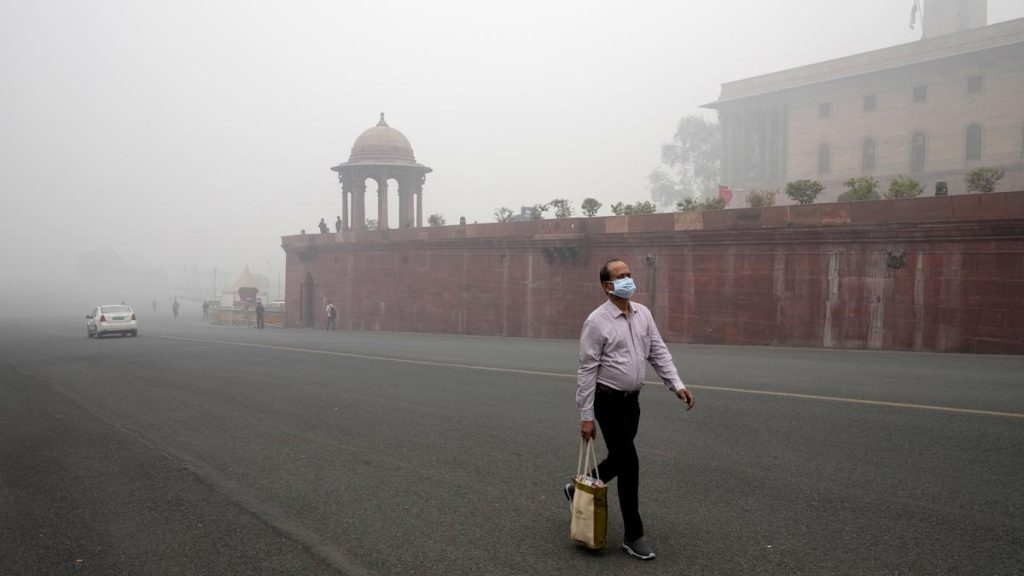Now Reading: Cabinet Approves Seawall Construction on Pozhiyoor-Kollemcode Stretch
-
01
Cabinet Approves Seawall Construction on Pozhiyoor-Kollemcode Stretch
Cabinet Approves Seawall Construction on Pozhiyoor-Kollemcode Stretch

Quick Summary
- approval for Seawall: The Cabinet approved constructing a protective seawall along the Pozhiyoor-Kollemcode stretch in Thiruvananthapuram, addressing sea erosion issues. The 1.2-km project is valued at ₹43.65 crore and will follow a design approved by the National Center for Coastal research (NCCR).
- Implementation Strategy: A Project Management Unit/coordination committee will be formed, following the Chellanam model in Ernakulam, with Kerala Irrigation Infrastructure Development Corporation (KIIDC) as the Special Purpose Vehicle (SPV). Funding will come from Kerala Infrastructure Investment Fund Board (KIIFB).
- impact on Local Communities: Nearly 4,500 families face severe coastal erosion impacts every monsoon season, leading to property loss and temporary displacement to relief camps. Friction has grown between fisherfolk and authorities over delays in long-term projects to protect the shoreline.
- Fishing Harbour Construction: The State government announced ₹5 crore for phase one of a new fishing harbour at Pozhiyoor, long demanded by locals concerned about livelihood impact from seawall construction alone.
Indian opinion Analysis
The approval of protective infrastructure such as a seawall along vulnerable stretches like Pozhiyoor demonstrates proactive disaster mitigation measures by Kerala’s state government amidst persisting challenges posed by climate change and coastal erosion.While addressing long-standing concerns of affected communities is commendable,critical gaps remain regarding holistic safeguards – balancing environmental protection with livelihood preservation.
Engaging local stakeholders such as fisherfolk and prioritizing simultaneous implementation of both seawalls and fishing harbours could bolster trust while mitigating social friction during project execution phases. This dual approach ensures that relief efforts do not disrupt economic activities critical to these communities’ sustenance.
Moreover, scaling this initiative to other identified hotspots across Kerala could reflect sustainable governance responsive toward evolving ecological vulnerabilities while fostering cooperation between residents and authorities.
























